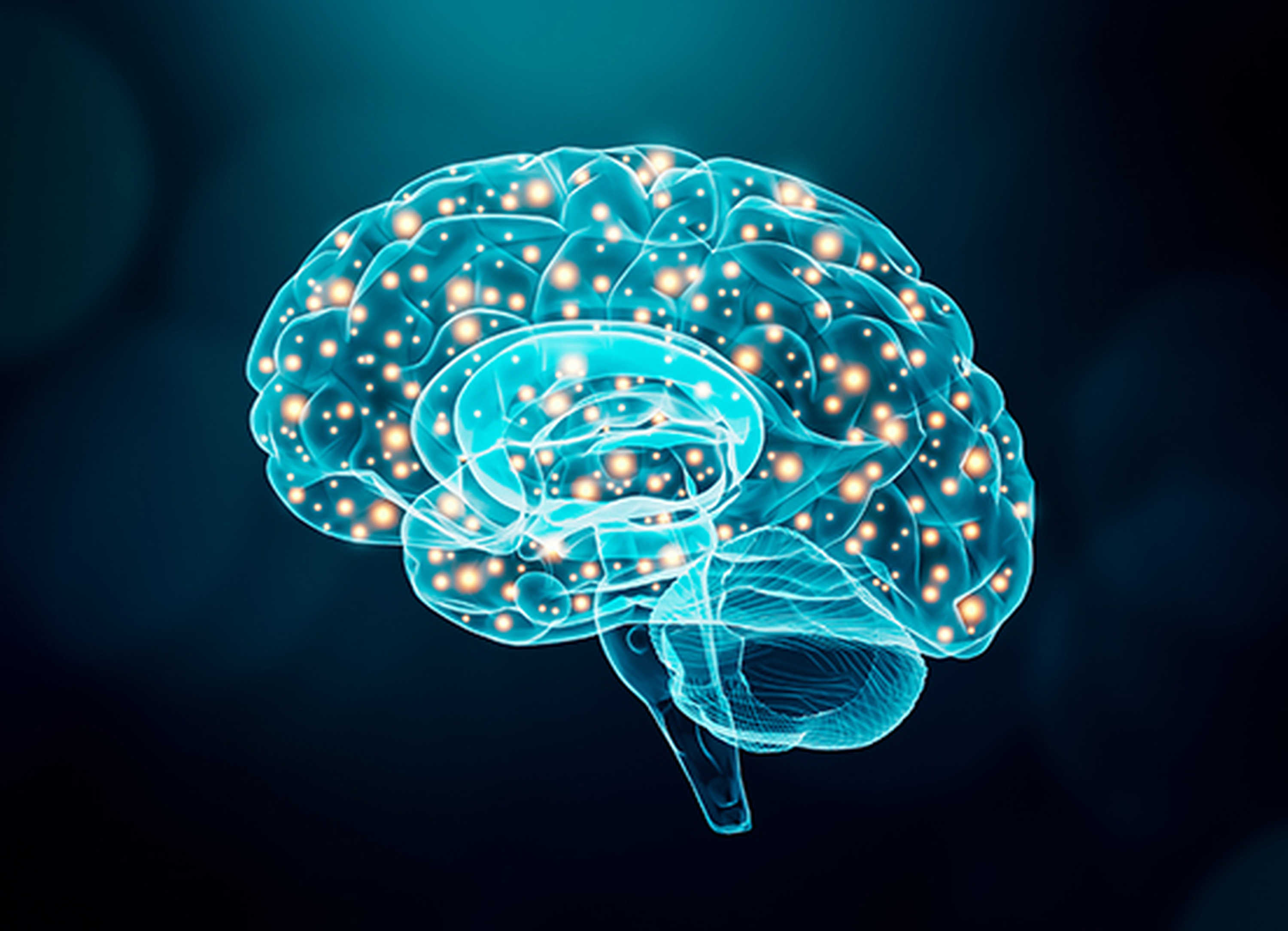Our project
Synergia Medical is developing a new technological platform that will advance existing neural stimulation therapies, hence improving patients’ quality of life and paving the way to new personalized therapies.
.jpg)
Neural Stimulation
What is neural stimulation?
Neural stimulation is the modulation of the nervous system’s activity through artificial means. Typically, a pacemaker-like device (a neurostimulator) is implanted below the skin and sends energy pulses to the central nervous system, or peripheral nerves, via electrodes placed directly on the target tissue.
Such devices have been approved for the treatment of several neurological disorders, including epilepsy, Parkinson’s disease, essential tremors, chronic pain, urinary and faecal incontinence, treatment-resistant depression and sleep apnoea.
Depending on the neurological disease being treated, the neurostimulator and the electrode are placed at a precise location of the patient’s body.
Future perspectives?
Numerous patients worldwide* already benefit from neural stimulation and this is expected to grow further due to increased awareness of neural stimulation therapies, a larger patient pool suffering from inadequately treated neurological diseases, and the emergence of innovative technologies that are safer and more cost-effective than existing therapies.
* The market of neural stimulation is one of the fastest-growing areas of medicine. It was valued at $3 billion in 2018 and is forecasted to reach $10 billion by 2030 with a Compound Annual Growth Rate (CAGR) of 10.55%.
.jpg)

How will our future technology work?
Our aim is that, through a disruptive technology, patients and practitioners will be able to receive feedback on the direct effect and efficacy of the stimulation, in order to precisely and uniquely adapt therapy. In addition, this new technology reduces the multiple constraints classically linked to medical devices during MRI exams, allowing a large spectrum of imaging procedures, essential for the diagnosis or treatment of the disease
Epilepsy
Why is epilepsy among our priorities?
Epilepsy is the fourth most common neurological disorder after migraine, stroke, and Alzheimer's disease, affecting more than 65 million people worldwide. Epilepsy is distressing, socially disruptive, debilitating and life-threatening. It may restrict employment and educational or leisure opportunities, and lead to stigmatisation and exclusion. Children, in particular, need to be treated as soon and as efficiently as possible, in order to reduce the negative impact on their future lives.
The first-line management of epilepsy is pharmacological treatment with anti-epileptic drugs (AEDs), which is effective in 70% of the cases. The remaining 30% of the epileptic patients’ seizures are not properly treated by AEDs. These patients are thus looking for treatment alternative and are candidates for neural stimulation treatments.
